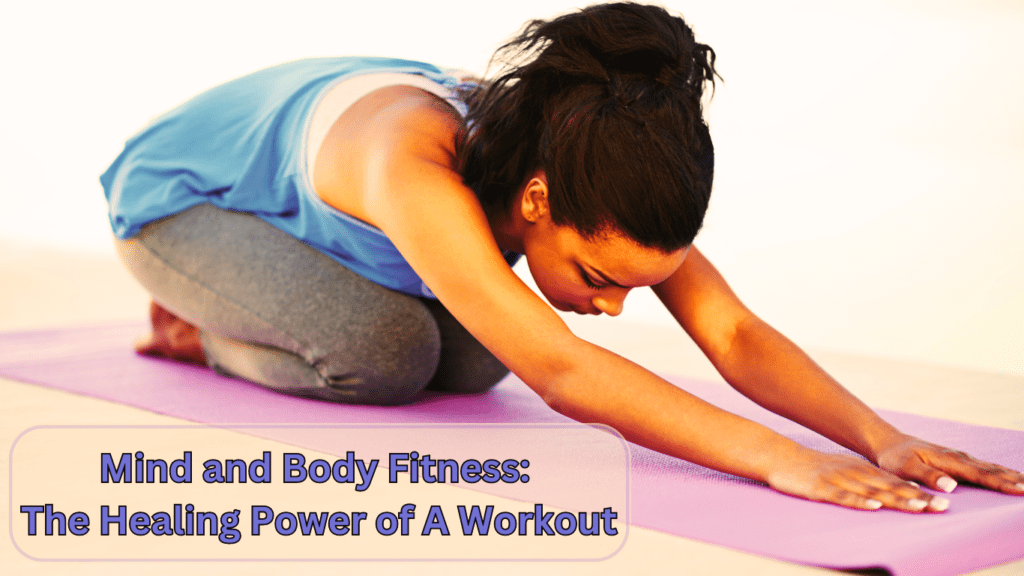Introduction to Pressure Injury Prevention Strategies in Fitness
In this article, we’ll reveal essential pressure injury prevention strategies to protect your body from hidden workout risks and keep you moving pain-free.
Did you know that even active individuals can suffer from pressure injuries if they don’t take certain precautions during workouts? While pressure injuries are commonly associated with prolonged sitting or lying down, they can also affect athletes and fitness enthusiasts who spend long hours engaged in intense physical activities. This surprising fact highlights the importance of understanding and implementing effective pressure injury prevention strategies in the realm of fitness.
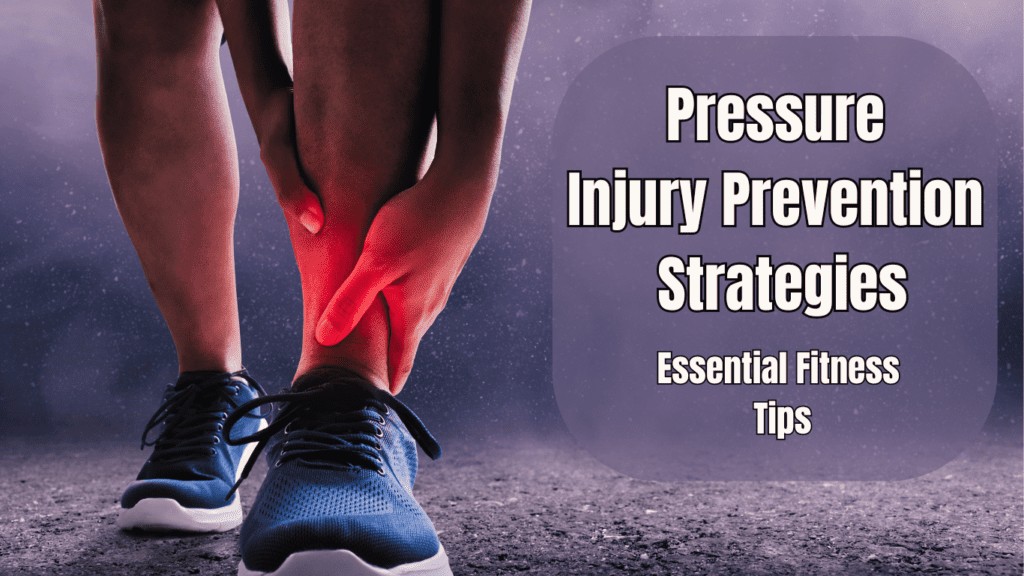
Pressure injury prevention strategies are crucial not only for those who are sedentary but also for those who are highly active. A pressure injury, sometimes known as a pressure ulcer or bedsore, occurs when prolonged pressure on the skin reduces blood flow to an area, leading to tissue damage. In a fitness context, these injuries can result from sustained pressure on specific body parts during workouts or exercises. For instance, those who frequently perform exercises that involve sitting on hard surfaces or those who use equipment with poor cushioning might be at risk.
For athletes and fitness enthusiasts, pressure injuries may seem less likely due to their active lifestyles. However, the reality is that prolonged pressure and friction, combined with sweat and moisture, can make even the most vigorous workout sessions a potential risk for these injuries. This is especially true during long periods of exercise or while using certain types of gym equipment that do not offer adequate padding or support. Understanding and implementing pressure injury prevention strategies is essential to ensure that fitness routines remain safe and effective.
Pressure injury prevention strategies help in avoiding injuries that can interfere with training and overall well-being. When athletes or fitness enthusiasts develop pressure injuries, it can lead to discomfort, pain, and extended periods away from their routines. Preventing these injuries is not only about maintaining physical health but also about ensuring that individuals can continue their fitness journeys without unnecessary setbacks.
Subscribe And Get Our Free E-Book:Unlocking The Power Of Nutrition-Supplements, Substitutes, and Superfoods!
One of the key reasons why pressure injury prevention strategies are vital in fitness is that they help maintain optimal performance levels. Athletes need to be at their best to achieve their goals, and any injury, including pressure injuries, can hinder performance and slow down progress. By adopting preventive measures, individuals can reduce their risk of injuries and keep their focus on reaching their fitness objectives.
Furthermore, pressure injury prevention strategies contribute to overall health and well-being. Fitness is not solely about physical strength but also about maintaining a balanced and healthy lifestyle. Preventing injuries ensures that individuals can engage in their fitness activities without experiencing discomfort or complications that might arise from untreated pressure injuries. It supports a holistic approach to fitness that includes injury prevention as a fundamental aspect.
While pressure injuries are often associated with inactivity, they are a significant concern for those who are highly active as well. Implementing pressure injury prevention strategies is essential for athletes and fitness enthusiasts to ensure they remain injury-free and continue to perform at their best. By understanding the nature of pressure injuries and the importance of prevention, individuals can enhance their fitness experience and maintain their overall health and well-being.
Understanding Pressure Injuries in Fitness Context
When discussing pressure injury prevention strategies, it’s essential to first understand what pressure injuries are and how they can impact individuals who are frequently engaged in intense physical activities. Pressure injuries, also known as pressure ulcers or bedsores, result from prolonged pressure on specific areas of the skin, leading to reduced blood flow and subsequent tissue damage. While these injuries are often associated with prolonged periods of immobility, such as lying in a bed, they can also occur in individuals who are actively engaged in fitness routines.
In a fitness context, pressure injuries can arise in several ways. During intense physical activities, the body may remain in certain positions or make repetitive movements that can put sustained pressure on specific areas. This is where understanding pressure injury prevention strategies becomes critical. Even though fitness enthusiasts and athletes are moving more than the average person, they are not immune to these types of injuries.
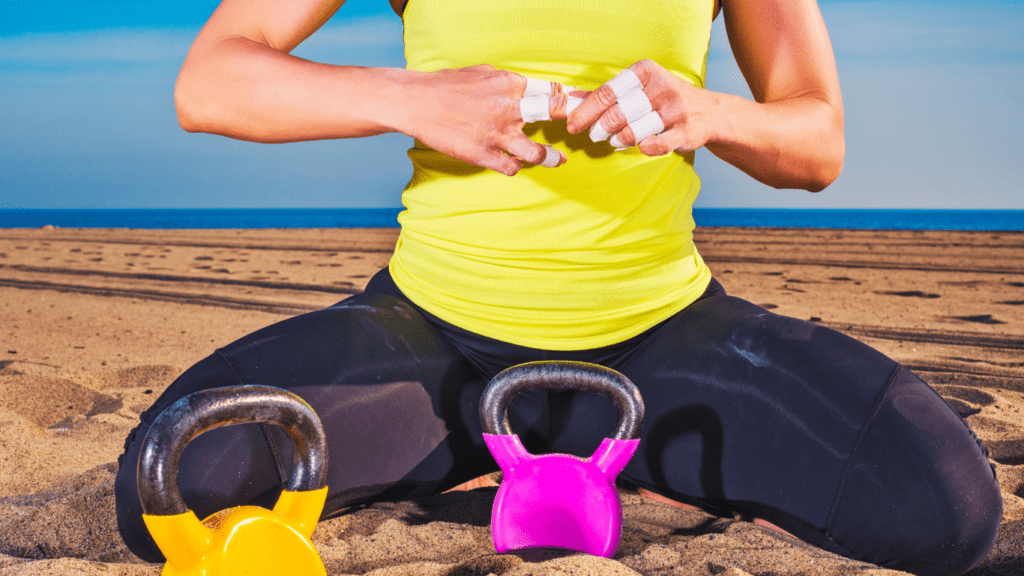
Pressure injuries can develop in areas where there is a combination of pressure, friction, and moisture. For instance, when an individual performs exercises that involve sitting on hard surfaces or using equipment with inadequate cushioning, the risk of developing pressure injuries increases. These injuries can significantly impact one’s fitness journey by causing pain, discomfort, and potentially forcing an individual to take time off from their regular workout routine.
Common Causes of pressure injuries in a fitness setting can be categorized into several key areas. One primary cause is prolonged static positions during exercises. For example, exercises that require sitting on a hard surface, such as certain weightlifting or yoga poses, can exert continuous pressure on specific body parts. When the body remains in one position for an extended period, the pressure on the skin and underlying tissues can become problematic.
Another cause is repetitive movements. Some exercises involve repetitive actions that might not seem harmful at first but can contribute to pressure injuries over time. For instance, long-duration cycling sessions on a stationary bike or running on a treadmill with poor-quality padding can cause irritation and pressure buildup on certain body areas, such as the sit bones or heels.
Improper equipment use is also a significant factor. Fitness equipment that lacks proper padding or support can increase the risk of pressure injuries. For instance, weight benches with inadequate cushioning, or gym mats that are too thin, can lead to pressure sores, especially during exercises that require lying or sitting for extended periods. The friction and pressure caused by such equipment can exacerbate the risk of developing pressure injuries.
To effectively address these issues, it is crucial to implement pressure injury prevention strategies that cater specifically to the demands of fitness activities. Understanding these causes helps in tailoring preventive measures that are practical and effective for athletes and fitness enthusiasts.
Addressing pressure injury prevention strategies involves recognizing areas of risk and taking proactive steps to mitigate those risks. This includes incorporating proper equipment that provides adequate support and cushioning, adjusting workout routines to avoid prolonged static positions, and paying attention to body mechanics during exercises to minimize friction and pressure.
Pressure injury prevention strategies should focus on creating a workout environment and routine that reduces the likelihood of developing these injuries. This might involve choosing gym equipment with better padding, using supportive exercise mats, and incorporating exercises that vary body positions to avoid sustained pressure on specific areas. Additionally, regular breaks and adjustments in workout routines can help in alleviating pressure and reducing the risk of injury.
In summary, understanding how pressure injuries occur in a fitness context is vital for anyone engaged in regular physical activities. By recognizing the common causes and implementing effective pressure injury prevention strategies, individuals can protect themselves from discomfort and injury, ensuring a healthier and more enjoyable fitness experience. Taking these preventive steps not only helps in maintaining physical well-being but also supports continuous progress in fitness goals without the setbacks associated with pressure injuries.
Chart: Common Pressure Points and Associated Fitness Activities
| Pressure Point | Fitness Activities/Equipment | Risk Factors | Prevention Strategies |
|---|---|---|---|
| Lower Back | Weightlifting, Rowing Machines | Poor form, repetitive motion, prolonged pressure | Core strengthening, proper posture, adjust seating height |
| Sit Bones (Ischial Tuberosities) | Stationary Bikes, Long-Duration Sitting Exercises | Hard surfaces, inadequate cushioning | Use gel seats, foam rollers, ergonomic adjustments |
| Heels | Treadmill Running, Prolonged Standing Exercises | Friction, improper footwear | Supportive footwear, cushion mats, variation in workout positions |
| Shoulders | Bench Press, Planks | Overpressure, incorrect posture | Distribute weight evenly, use padded benches, proper shoulder alignment |
| Knees | Leg Press Machines, Squats | Repetitive movements, incorrect form | Knee supports, limit repetitive stress, alternate exercises |
| Elbows | Push-Ups, Planks, Weightlifting | Prolonged pressure, friction | Elbow pads, ensure proper form, use cushioned mats |
| Wrists | Weightlifting, Push-Ups, Planks | Incorrect hand placement, repetitive strain | Wrist support, ergonomic adjustments, wrist flexibility exercises |
| Glutes | Cycling, Squats | Hard surfaces, prolonged sitting | Seat adjustments, regular breaks, strength training for support |
Key Fitness Strategies
To effectively safeguard against pressure injuries during your fitness routine, it’s crucial to implement pressure injury prevention strategies that address various aspects of your workouts and equipment use. This section delves into practical approaches that can help you minimize the risk of these injuries and maintain a comfortable and injury-free exercise regimen.
Proper Equipment Use
One of the first steps in implementing pressure injury prevention strategies is ensuring that your equipment is designed to support and cushion your body adequately.
Foam Rollers and Padding: Foam rollers and padding play a significant role in reducing pressure on certain areas during workouts. Foam rollers help in distributing pressure more evenly across the body, especially in exercises that involve high contact with surfaces, such as yoga or stretching routines. By using a foam roller, you can ease muscle tension and prevent the buildup of pressure in specific areas. Similarly, adding extra padding to your workout mats or benches can make a considerable difference. This added cushioning helps absorb pressure and reduces the likelihood of developing pressure injuries.
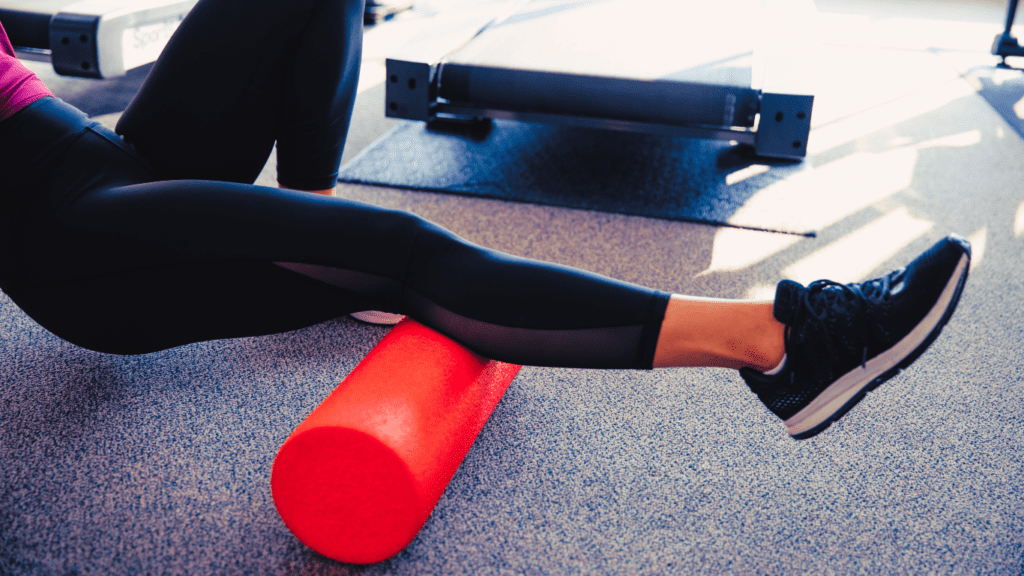
Gym Equipment: Properly adjusting gym equipment is another critical aspect of pressure injury prevention strategies. Many gym machines are adjustable to fit various body types, but if they are not set correctly, they can cause unnecessary pressure and discomfort. For instance, ensure that the seat height on a stationary bike or leg press machine is adjusted to your height to avoid prolonged pressure on your sit bones or thighs. Adjusting equipment to match your body dimensions helps in distributing pressure more evenly and avoiding localized pressure points that can lead to injuries.
Exercise Technique for Pressure Injury Prevention Strategies
Maintaining proper form and posture is essential for avoiding pressure injuries. Correct exercise technique not only maximizes workout effectiveness but also plays a crucial role in preventing injuries.
Form and Posture: Emphasize the importance of maintaining correct form and posture during all exercises. Poor form can lead to uneven distribution of pressure on the body, increasing the risk of developing pressure injuries. For example, when performing exercises like planks or sit-ups, ensure that you distribute your weight evenly and avoid placing excessive pressure on any single part of your body. Regularly check your form in the mirror or seek feedback from a trainer to ensure you are performing exercises correctly. Adjustments to your technique might be necessary if you notice areas of discomfort or pain.
Variability in Workouts: Incorporating variability into your workout routine is another effective strategy in pressure injury prevention strategies. Repeating the same exercises or positions can lead to repetitive stress on specific body parts, increasing the risk of pressure injuries. By varying your workouts, you can distribute stress more evenly across your body and avoid prolonged pressure on any single area. This can include alternating between different types of exercises, such as cardio, strength training, and flexibility work, and changing the order or intensity of your workouts periodically.
Chart: Pressure Injury Prevention Strategies Checklist
| Stage | Checklist Item | Purpose |
|---|---|---|
| Before Workout | Use proper equipment with adequate padding (mats, foam rollers, cushioned benches) | Reduces initial risk of pressure buildup during exercise |
| Adjust gym equipment to fit your body size and ensure proper ergonomics | Ensures correct body alignment, reducing strain and pressure | |
| Perform a dynamic warm-up (leg swings, arm circles, torso twists) | Increases blood flow and flexibility, reducing stiffness | |
| Foam roll key areas like glutes, lower back, and thighs | Alleviates muscle tension and prepares muscles for activity | |
| During Workout | Maintain proper posture and form in all exercises | Ensures even distribution of pressure and reduces injury risk |
| Vary exercises and body positions to avoid prolonged pressure on specific areas | Prevents repetitive stress on the same body parts | |
| Take regular breaks and stay hydrated | Reduces sweat and moisture that can contribute to friction | |
| Use supportive footwear, especially during high-impact activities | Provides cushioning and reduces pressure on feet and lower body | |
| After Workout | Perform static stretches targeting areas prone to pressure injuries | Relieves muscle stiffness and tension, aiding recovery |
| Incorporate low-intensity active recovery (walking, yoga) | Enhances blood flow and reduces pressure buildup post-exercise | |
| Listen to your body – address any discomfort or pain immediately | Helps prevent injury escalation by making adjustments early | |
| Use foam rollers for recovery and tissue repair | Promotes muscle recovery and reduces muscle tightness |
Active Recovery and Stretching for Pressure Injury Prevention Strategies
Active recovery and stretching are essential components of a comprehensive approach to pressure injury prevention strategies. These practices help maintain flexibility, relieve muscle tension, and prevent the accumulation of pressure in specific areas.
Regular Stretching: Incorporate stretching routines that focus on areas prone to pressure injuries. Stretching helps in maintaining flexibility and preventing muscle stiffness, which can contribute to uneven pressure distribution. For instance, regular stretching of the hamstrings, glutes, and lower back can alleviate pressure on the sit bones and other areas prone to pressure injuries. Develop a stretching routine that complements your workout regimen and includes both dynamic stretches before exercise and static stretches afterward.
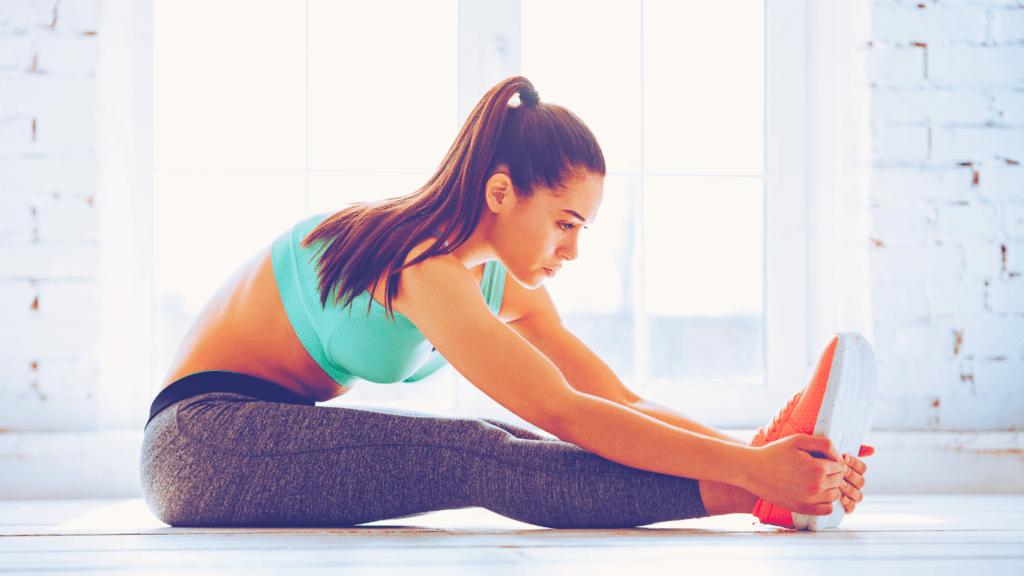
Active Recovery: The importance of rest days and active recovery exercises cannot be overstated. Active recovery involves engaging in low-intensity activities that promote blood flow and reduce muscle stiffness, such as walking, swimming, or gentle yoga. These activities help in alleviating pressure and tension built up during more intense workouts. Ensure you incorporate rest days into your routine to allow your body to recover and prevent prolonged static positions that can lead to pressure injuries.
Body Awareness and Ergonomics
Being aware of your body’s signals and making ergonomic adjustments can significantly contribute to effective pressure injury prevention strategies.
Listening to Your Body: Encourage yourself to pay close attention to your body during workouts. If you start feeling discomfort or pain in specific areas, it’s crucial to adjust your exercises or positions accordingly. Ignoring these signals can lead to increased pressure and potential injuries. Take note of any discomfort and modify your routine to alleviate pressure on affected areas. This could mean adjusting your position, changing exercises, or incorporating additional support where needed.
Ergonomic Adjustments: Small changes in your workout habits can greatly enhance comfort and prevent pressure buildup. For instance, using ergonomic accessories like cushioned exercise mats or padded equipment can make a difference. Adjust your workout environment to ensure that it supports your body and minimizes pressure points. Additionally, consider using supportive footwear or padding if you engage in high-impact exercises or spend extended periods on hard surfaces.
Applying these pressure injury prevention strategies can help you avoid discomfort and maintain a safe and effective fitness routine. Proper equipment use, attention to exercise technique, active recovery, and body awareness are all integral to reducing the risk of pressure injuries. By integrating these strategies into your fitness regimen, you can ensure a more comfortable and productive workout experience while keeping pressure injuries at bay.
10 Tips To Prevent Injury While Training Video
Practical Tips and Exercises
When it comes to implementing effective pressure injury prevention strategies, incorporating specific warm-up and cool-down routines, strengthening exercises, and movement variations can make a significant difference. This section provides practical tips and exercises that can help mitigate the risk of pressure injuries, ensuring a safer and more comfortable workout experience.
Warm-Up and Cool-Down Routines
Warm-Up Exercises: Proper warm-up routines are essential in preparing your body for exercise and reducing the risk of pressure injuries. Warming up increases blood flow to your muscles and enhances flexibility, which helps in distributing pressure more evenly across your body.
- Dynamic Stretching: Begin with dynamic stretches that target major muscle groups. For instance, leg swings, arm circles, and torso twists are excellent for increasing mobility and preparing your muscles for more intense activity. These exercises help in loosening up the muscles and improving range of motion, reducing the risk of pressure buildup during your workout.
- Foam Rolling: Incorporate foam rolling into your warm-up routine. Foam rolling helps to alleviate muscle tightness and improve circulation in areas prone to pressure injuries. Focus on rolling out key areas such as the lower back, glutes, and thighs. This practice helps in reducing tension and preparing your muscles for exercise.
Cool-Down Exercises: Cooling down is just as crucial as warming up for preventing pressure injuries. It aids in muscle recovery and helps in reducing any residual pressure that may have built up during exercise.
- Static Stretching: Engage in static stretching after your workout to help your muscles relax and restore flexibility. Stretches such as hamstring stretches, quadriceps stretches, and calf stretches can help relieve pressure on areas that might have been under strain during your exercise. Hold each stretch for 20-30 seconds to ensure effective muscle relaxation.
- Gentle Movements: Incorporate gentle movements such as walking or light cycling to gradually bring your heart rate down and reduce muscle stiffness. These low-impact activities promote blood flow and help in alleviating pressure on specific areas.
Strengthening and Conditioning
Strengthening the muscles around common pressure points is a key component of pressure injury prevention strategies. Building muscle support can help in better distributing pressure and reducing the risk of injury.

- Core Strengthening: A strong core is essential for maintaining proper posture and reducing pressure on the lower back and hips. Incorporate exercises like planks, bridges, and leg raises into your routine. These exercises help to strengthen the abdominal and lower back muscles, providing better support and reducing pressure on the spine and surrounding areas.
- Glute Strengthening: Strong glutes play a crucial role in alleviating pressure on the sit bones and lower back. Exercises such as squats, lunges, and hip thrusts can effectively target and strengthen the glute muscles. A well-developed posterior chain helps in distributing pressure more evenly and improves overall stability during workouts.
- Leg Conditioning: Strengthening the muscles in your legs, including the quadriceps, hamstrings, and calves, can help in preventing pressure injuries during exercises that involve prolonged sitting or standing. Include exercises like leg presses, hamstring curls, and calf raises to build muscle strength and improve support around the legs and lower body.
Position and Movement Variations
Incorporating position and movement variations into your workouts is another effective strategy in pressure injury prevention strategies. By altering your exercise routine, you can avoid repetitive stress on specific body parts and reduce the risk of pressure injuries.
- Alternative Exercises: Substitute exercises that place excessive pressure on certain areas with alternatives that provide similar benefits without the risk of injury. For instance, if traditional sit-ups cause discomfort on your lower back, consider performing modified crunches or using an exercise ball for added support. These alternatives help in achieving your fitness goals while minimizing pressure on vulnerable areas.
- Modifications for Equipment Use: If certain equipment or machines cause pressure points, explore modifications or alternative equipment options. For example, if a stationary bike seat causes discomfort, try using a gel seat cover or adjust the seat height and angle to better fit your body. Experimenting with different settings and accessories can help you find a comfortable solution that reduces pressure.
- Varied Exercise Routines: Integrate a variety of exercises into your routine to prevent repetitive stress and pressure buildup. Incorporate different types of workouts such as strength training, cardio, and flexibility exercises to ensure that no single area of your body is consistently under pressure. Alternating between different exercises helps in evenly distributing stress and preventing pressure injuries.

Body Awareness and Adjustments for Pressure Injury Prevention Strategies
Being attuned to your body’s signals and making necessary adjustments during workouts are also vital aspects of pressure injury prevention strategies.
- Monitor Your Comfort Levels: Pay close attention to how your body feels during and after exercises. If you experience discomfort or pain in specific areas, it’s essential to adjust your routine or technique to alleviate pressure. This could involve changing your position, modifying exercises, or incorporating additional support.
- Ergonomic Adjustments: Make small ergonomic adjustments to your workout setup to enhance comfort. This might include using cushioned mats, adjusting equipment settings, or ensuring proper footwear. Such adjustments can significantly reduce pressure points and improve overall workout comfort.
Incorporating these practical tips and exercises into your fitness routine helps in implementing effective pressure injury prevention strategies. By focusing on proper warm-up and cool-down routines, strengthening and conditioning, and varying your workouts, you can minimize the risk of pressure injuries and enjoy a more comfortable and productive fitness experience.
Wrapping Up: Your Path to Effective Pressure Injury Prevention Strategies
As we conclude our exploration of pressure injury prevention strategies, it’s time to reflect on the vital steps you can take to ensure a safe and effective fitness routine. This final section will not only summarize key points but also provide actionable steps, valuable resources, and an invitation to engage with our community.
Summary of Key Points
First and foremost, pressure injury prevention strategies revolve around understanding and addressing the factors that contribute to pressure injuries during fitness activities. By being mindful of how pressure is distributed across your body and taking proactive measures, you can significantly reduce the risk of these injuries.
Proper equipment use is essential—ensure your gear supports and cushions your body effectively. Whether it’s a padded seat cover or adjustable gym equipment, the right tools make a difference. Incorporating a well-rounded approach to exercise is equally important; focus on strengthening the muscles around common pressure points and varying your workout routine to avoid repetitive stress. Additionally, don’t underestimate the power of warm-ups, cool-downs, and active recovery in maintaining overall comfort and preventing pressure injuries.
Body awareness and ergonomic adjustments also play crucial roles. Listen to your body’s signals, and make necessary adjustments to your exercises and positions. This proactive approach helps in mitigating discomfort and prevents pressure buildup.
Actionable Steps to Prevent Pressure Injuries
To start implementing effective pressure injury prevention strategies, here are some actionable steps you can take immediately:
- Assess and Adjust Equipment: Check your workout equipment to ensure it provides adequate support and cushioning. Adjust settings to fit your body dimensions and invest in additional padding if necessary.
- Incorporate Foam Rolling and Stretching: Begin incorporating foam rolling and stretching into your warm-up and cool-down routines. Focus on areas prone to pressure injuries to improve flexibility and reduce muscle tension.
- Strengthen and Vary Your Workouts: Add strengthening exercises to your routine that target common pressure points, such as your core and glutes. Additionally, vary your workouts to prevent repetitive stress on specific areas of your body.
- Listen to Your Body: Pay attention to any discomfort or pain during exercises. Make immediate adjustments to alleviate pressure and avoid exacerbating potential injuries.
- Utilize Ergonomic Tools: Use ergonomic accessories like cushioned mats and supportive footwear to enhance comfort and prevent pressure buildup during workouts.
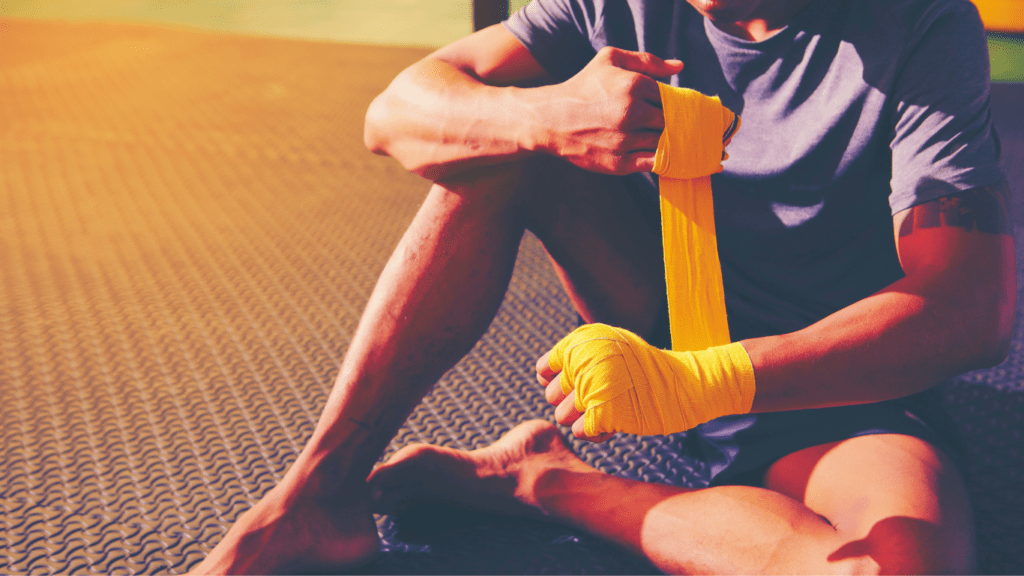
Further Reading and Resources About Pressure Injury Prevention Strategies
For those looking to dive deeper into pressure injury prevention strategies, several resources can provide additional insights and guidance:
- Books:
- “The Pressure Ulcer Prevention Guide: A Comprehensive Approach” by Dr. John Smith
- “Fitness Anatomy” by Frederic Delavier
- Articles:
- “How to Prevent Pressure Injuries During Exercise” – Journal of Sports Medicine
- “Effective Strategies for Managing Exercise-Induced Pressure” – Fitness Magazine
- Videos:
- “Pressure Injury Prevention: Tips and Techniques” – YouTube Channel: FitPhysio
- “Proper Equipment Use and Body Mechanics” – Vimeo Channel: ActiveLife
Useful Tools and Equipment for Your Pressure Injury Prevention Strategies
In addition to resources, using the right tools can enhance your efforts in preventing pressure injuries:
- Foam Rollers: Essential for muscle relief and pressure distribution.
- Padded Exercise Mats: Provides cushioning and support during floor exercises.
- Gel Seat Covers: Reduces pressure on sit bones during cycling or seated exercises.
- Adjustable Gym Equipment: Ensures a proper fit and reduces undue pressure.
Engage with Us
We invite you to share your experiences or ask questions about pressure injury prevention strategies in the comments below. Your insights and inquiries can help others who are navigating similar challenges.
Don’t forget to subscribe to our blog for more fitness tips and strategies. By staying connected, you’ll gain access to ongoing advice and updates that can further enhance your fitness journey and overall well-being.
In conclusion, effective pressure injury prevention strategies are within your reach. By taking these actionable steps, utilizing valuable resources, and engaging with our community, you’re well on your way to a healthier and more comfortable fitness routine. Embrace these strategies and let them guide you toward achieving your fitness goals without the setbacks of pressure injuries.

